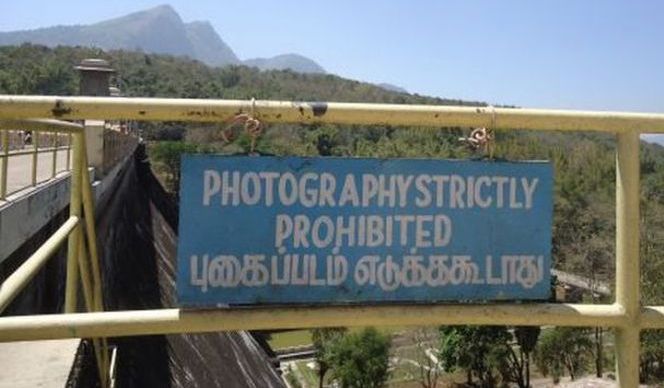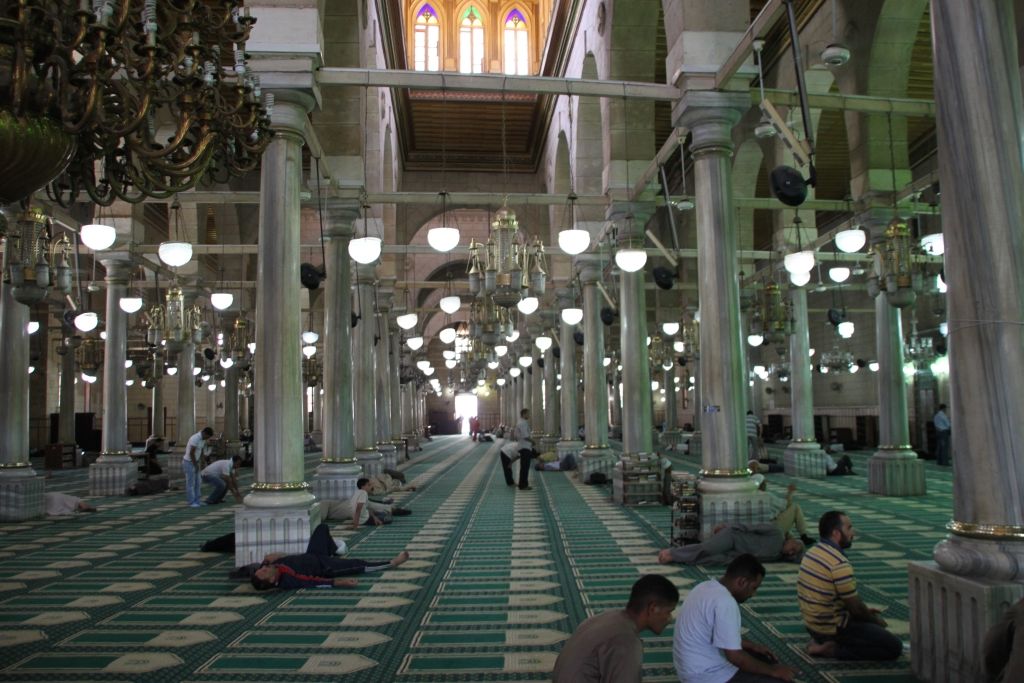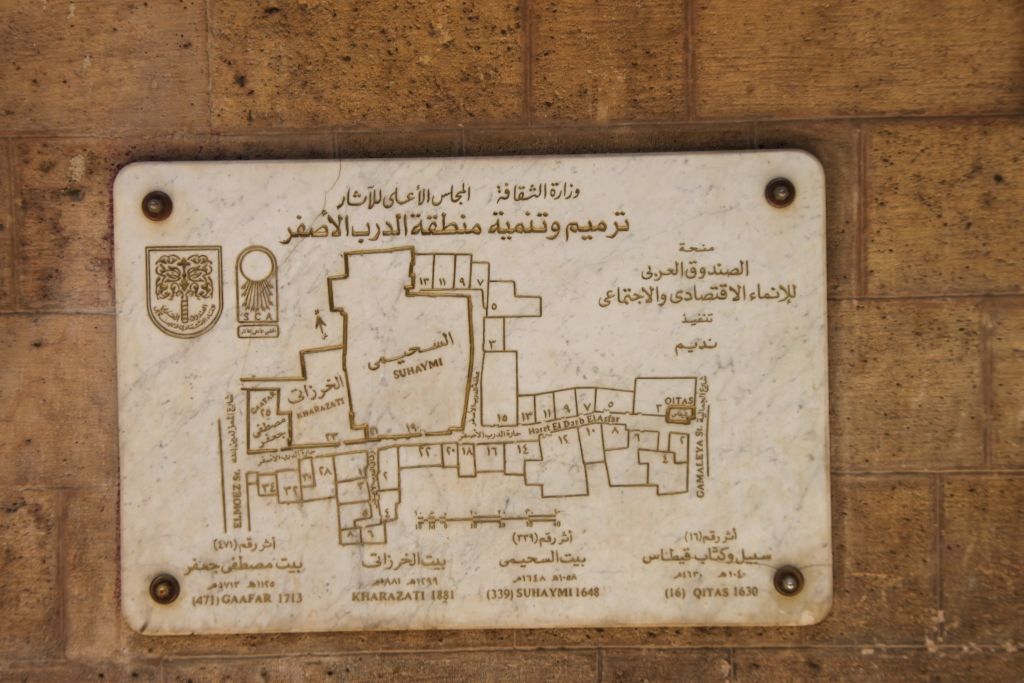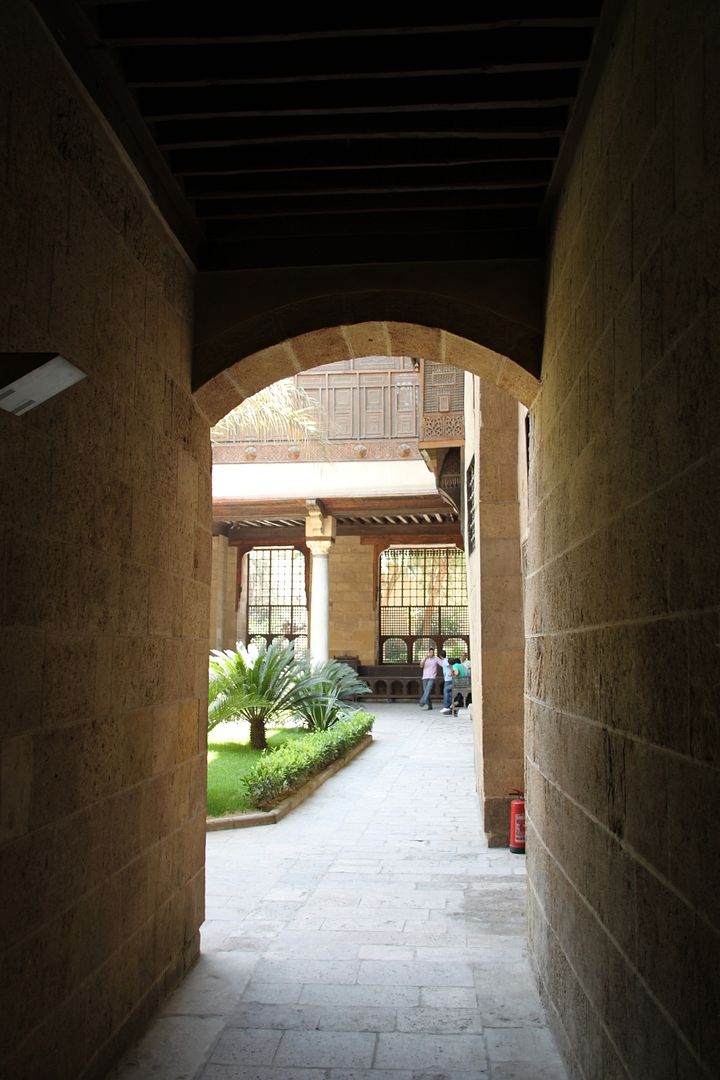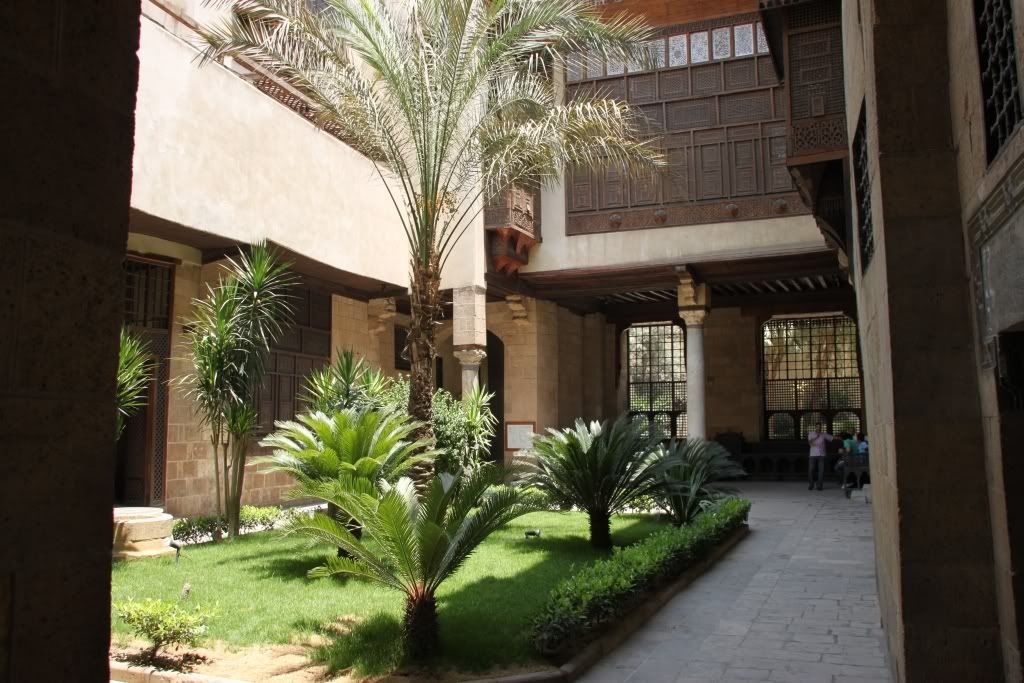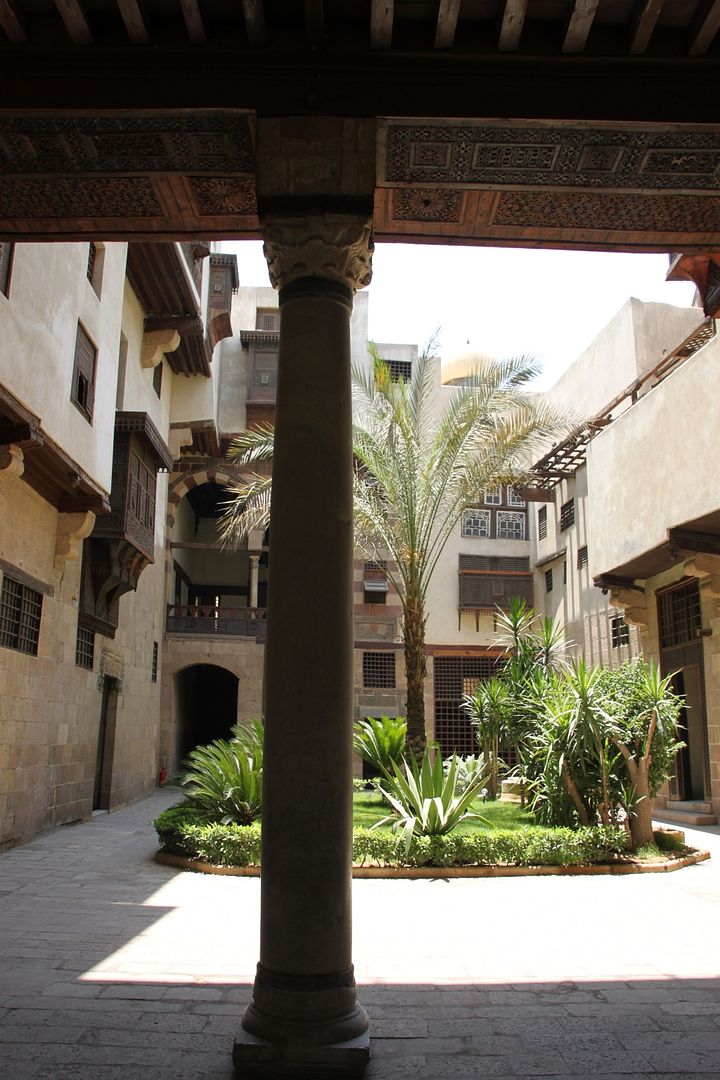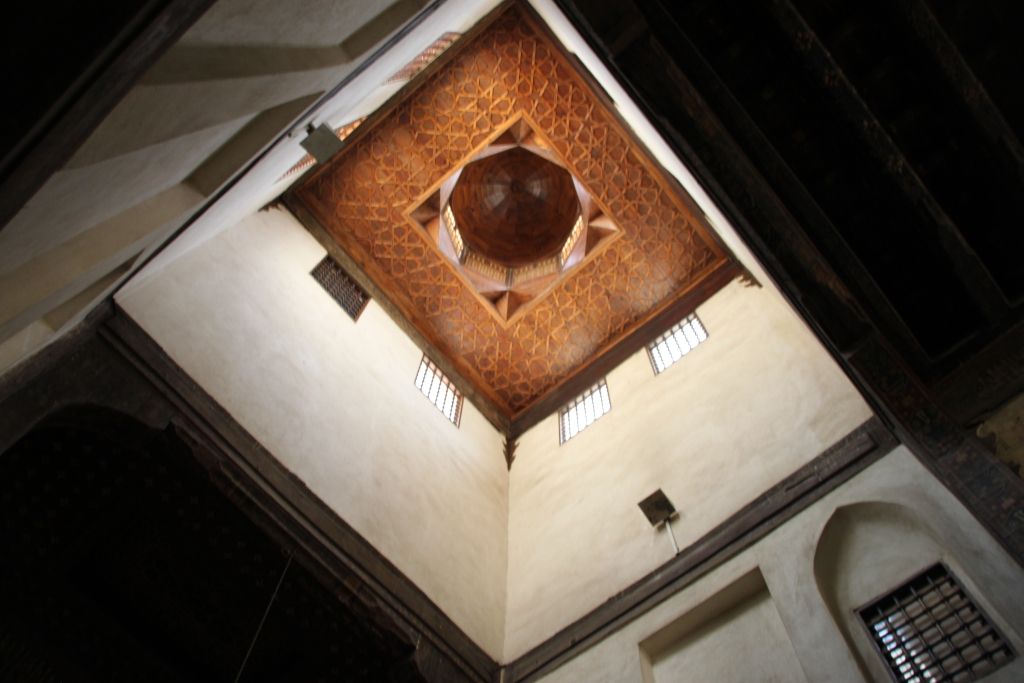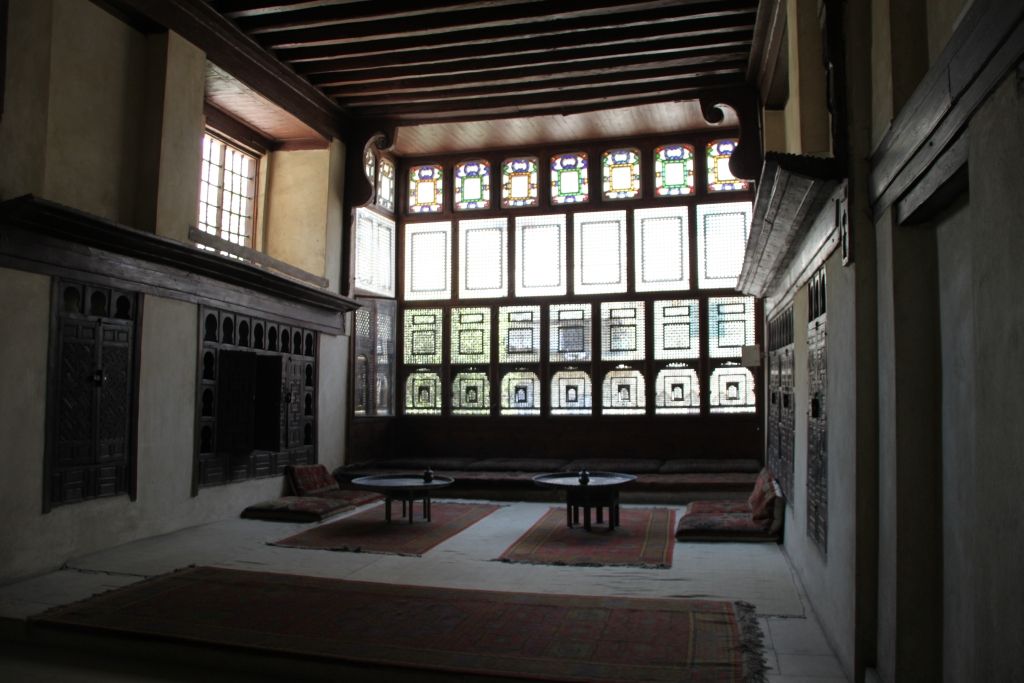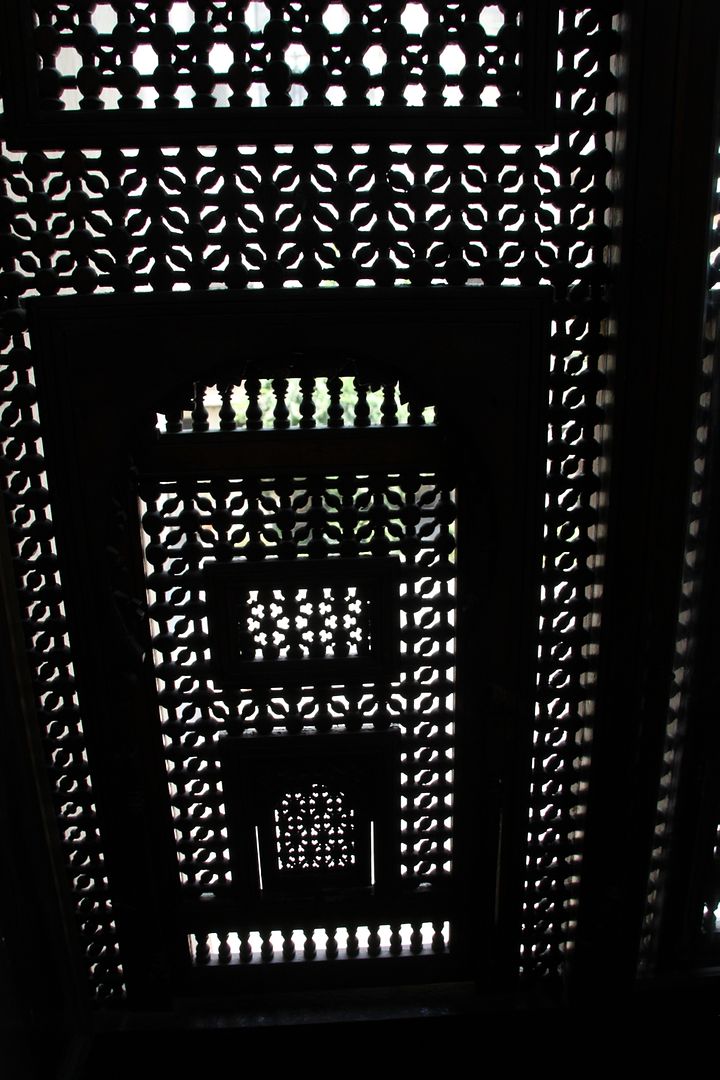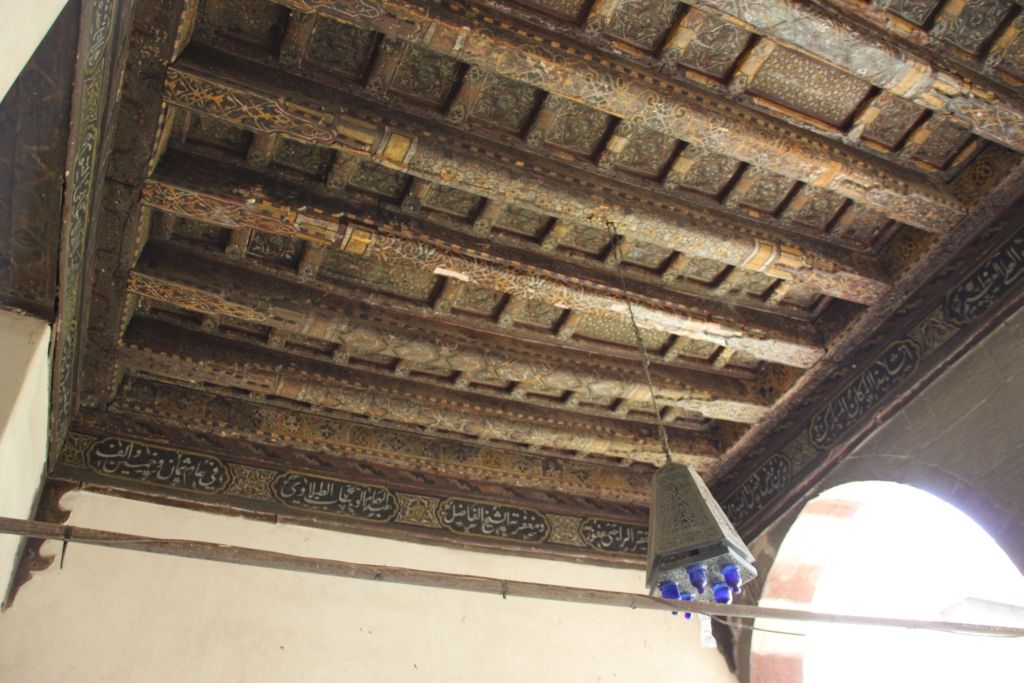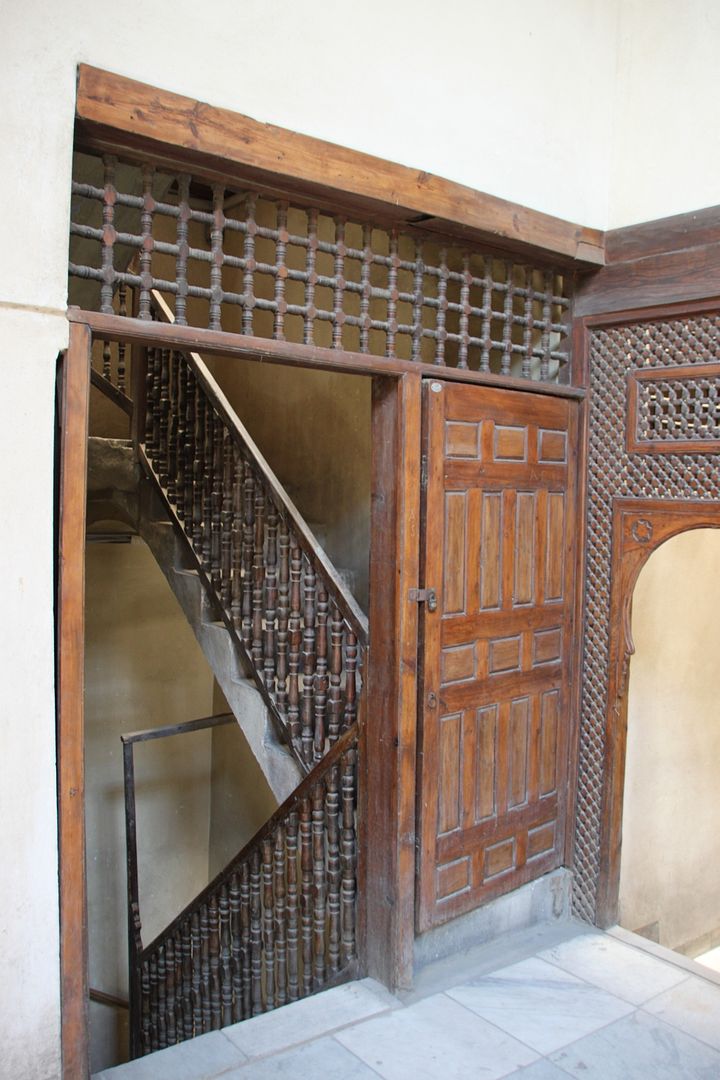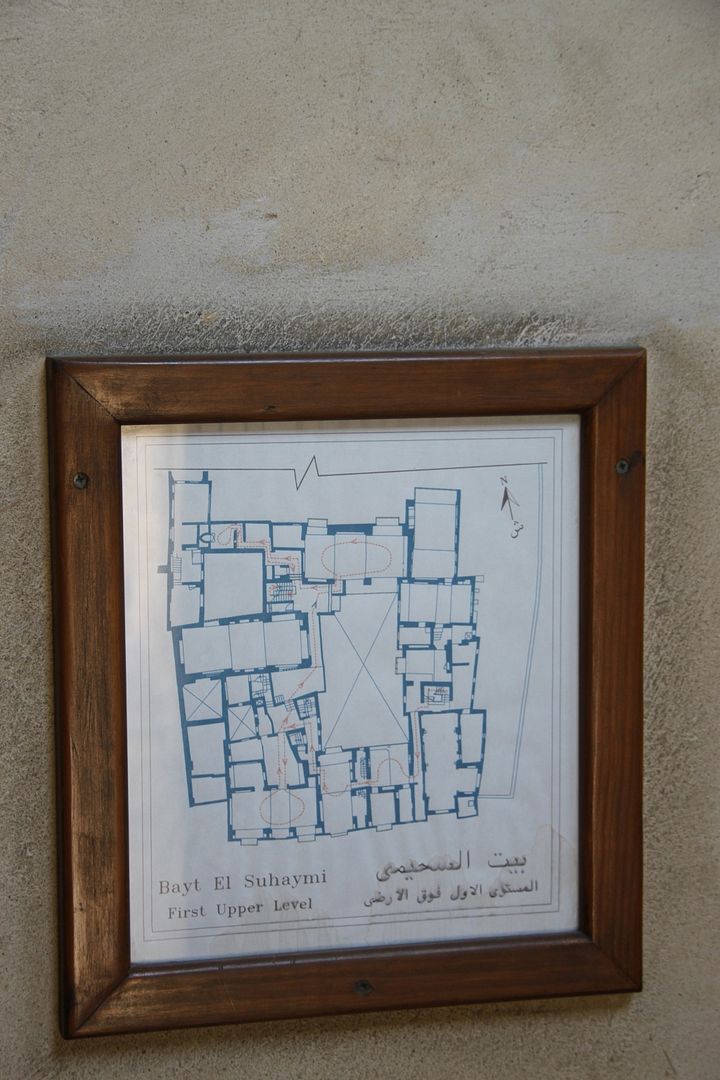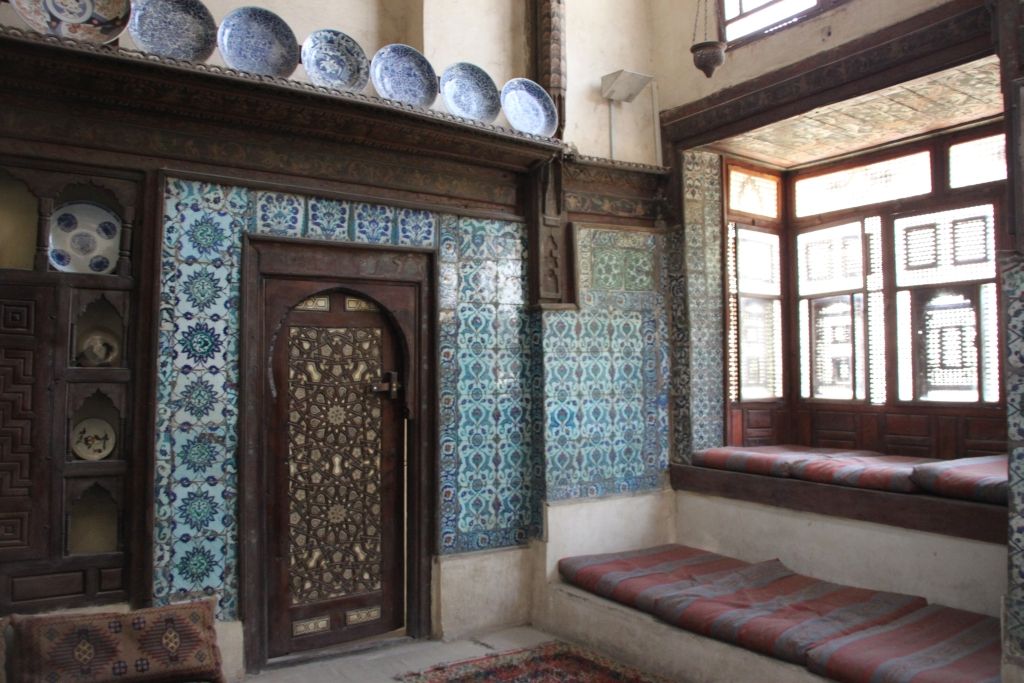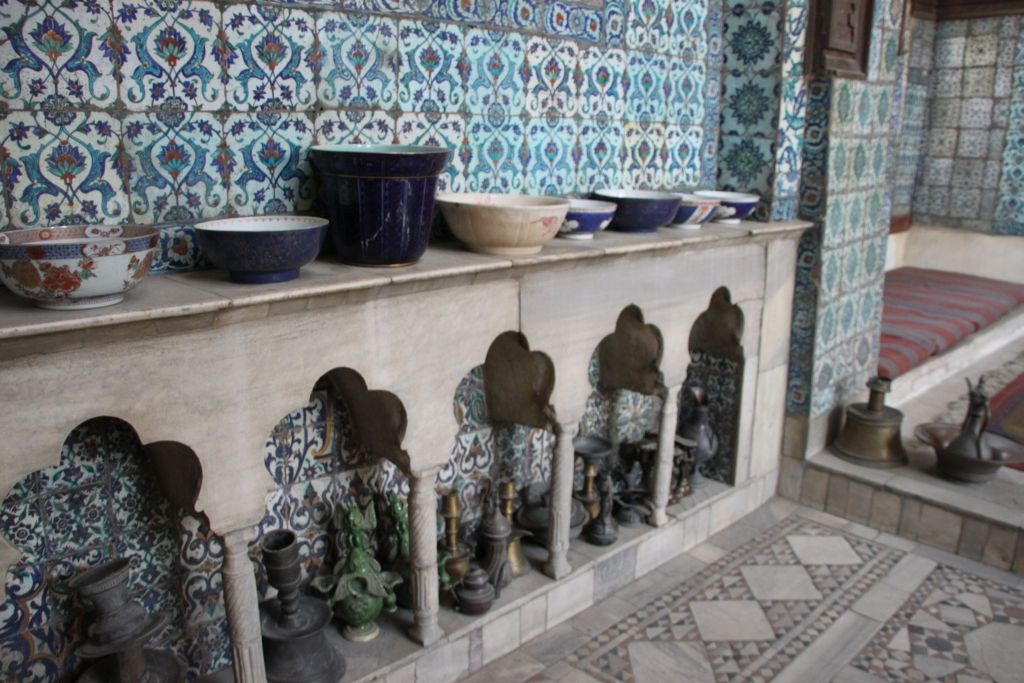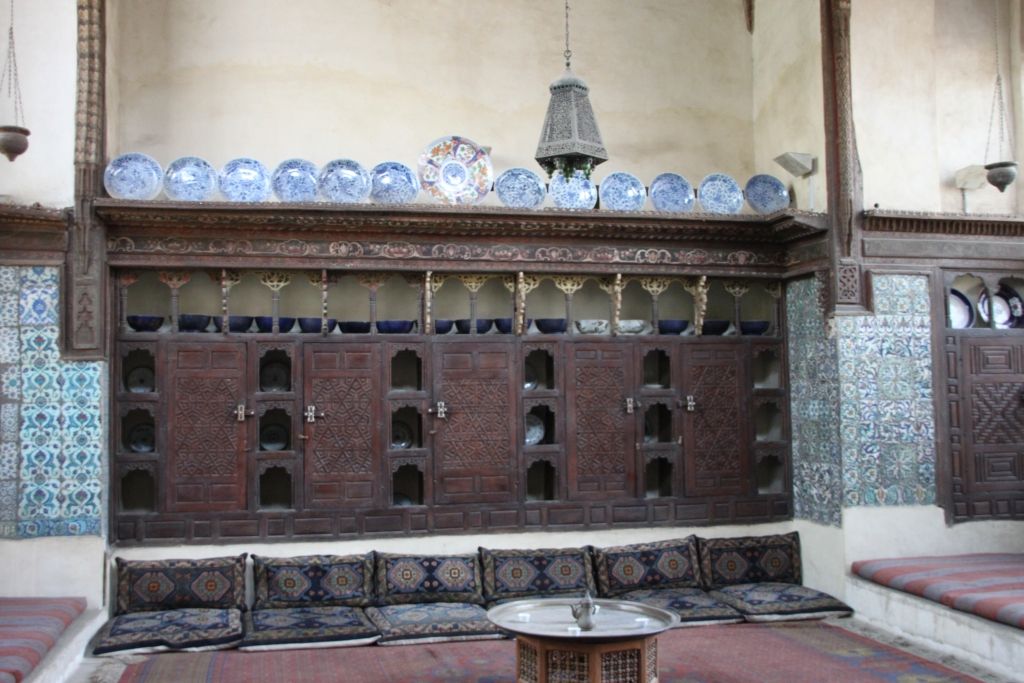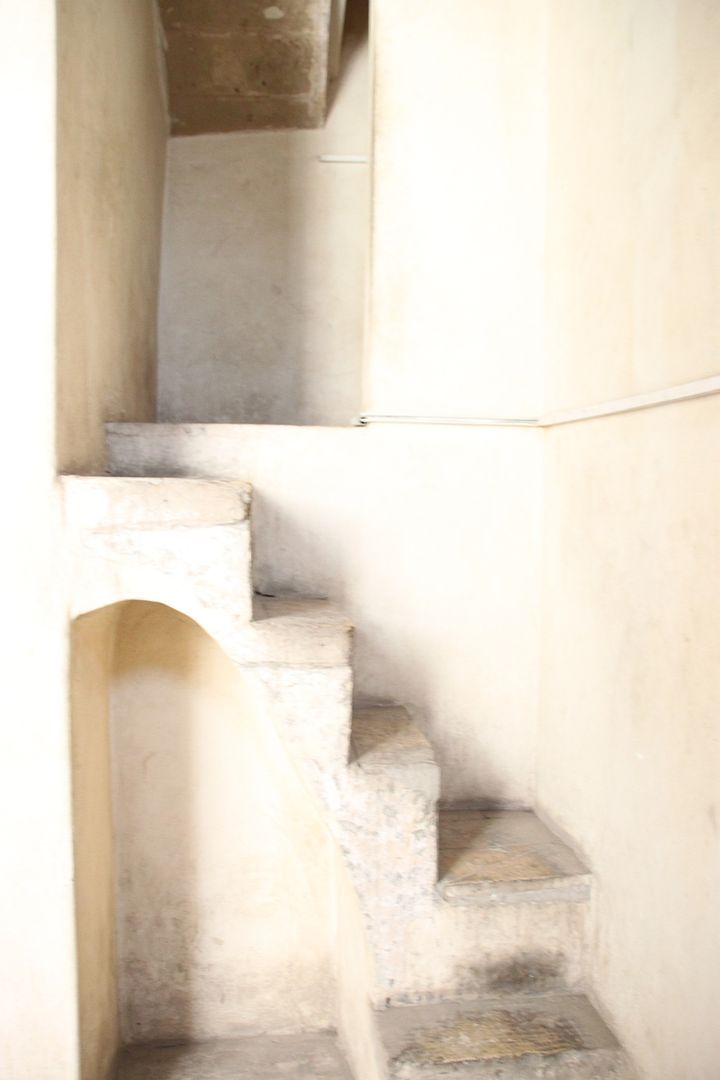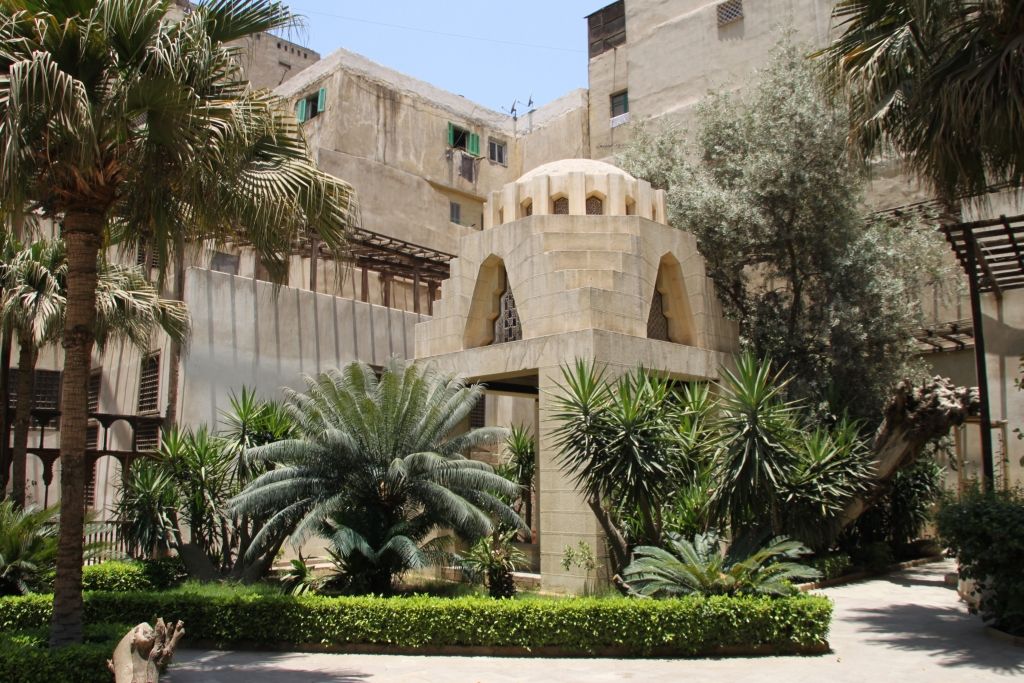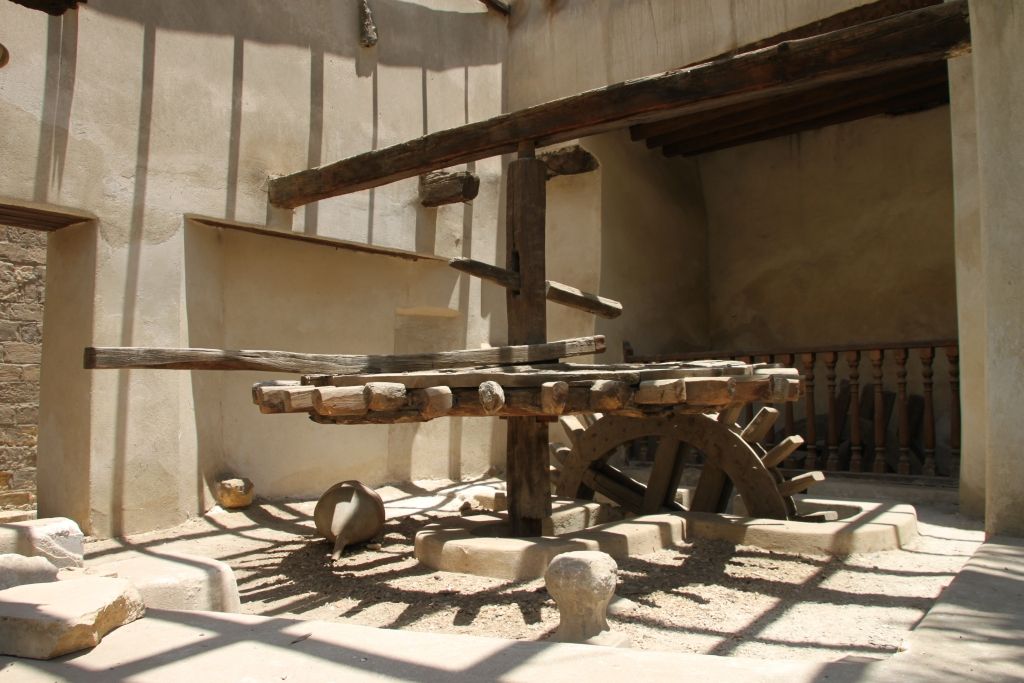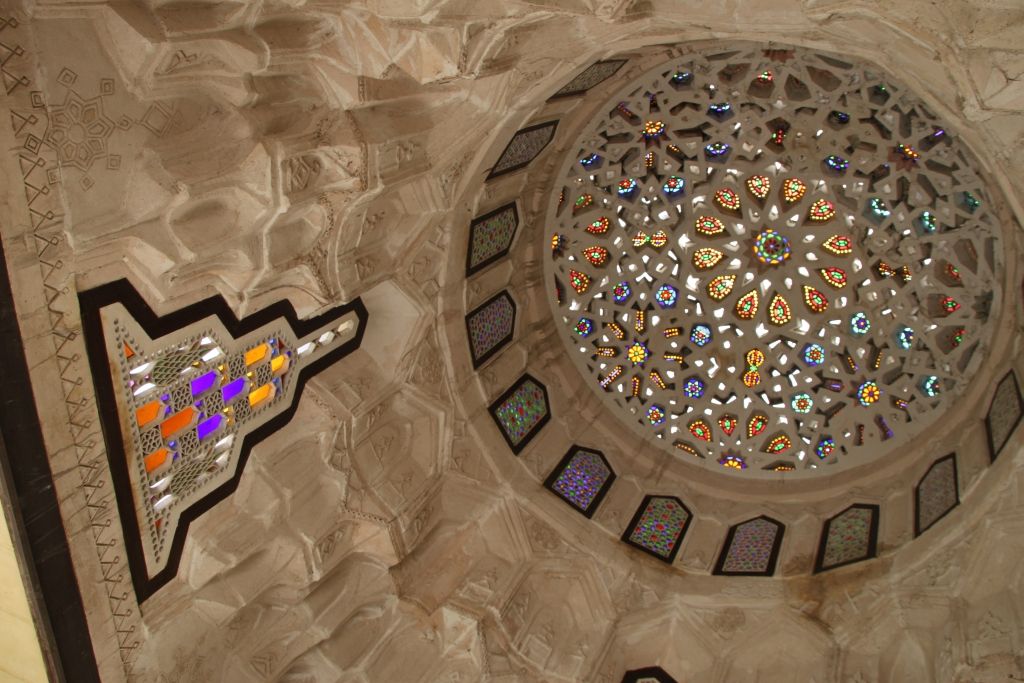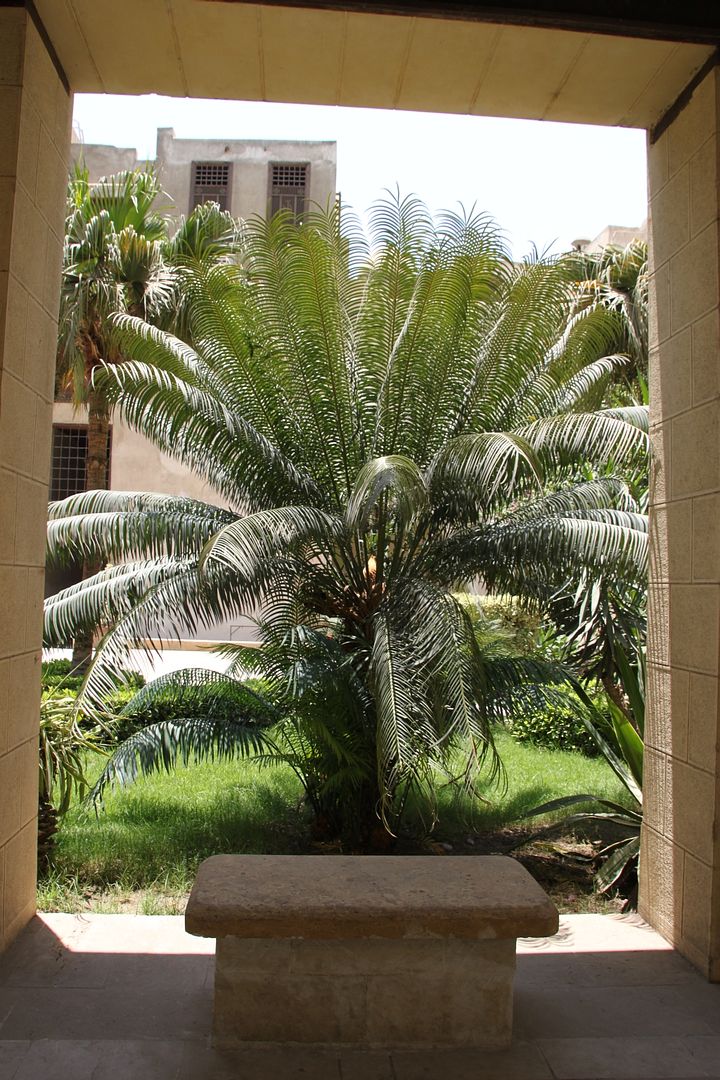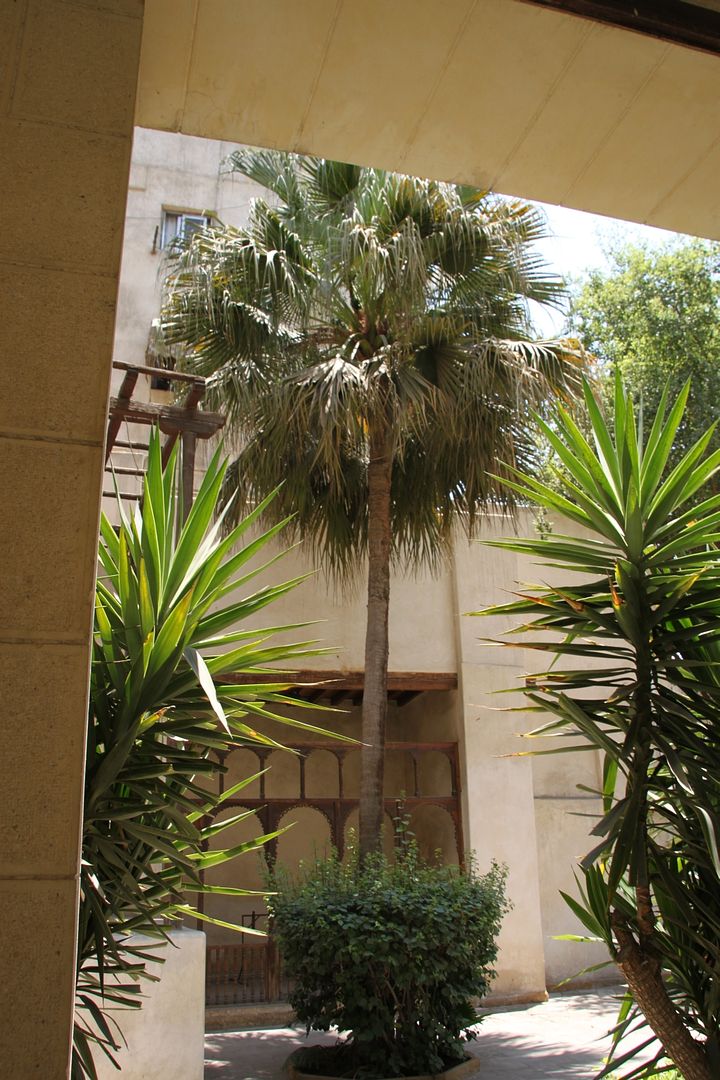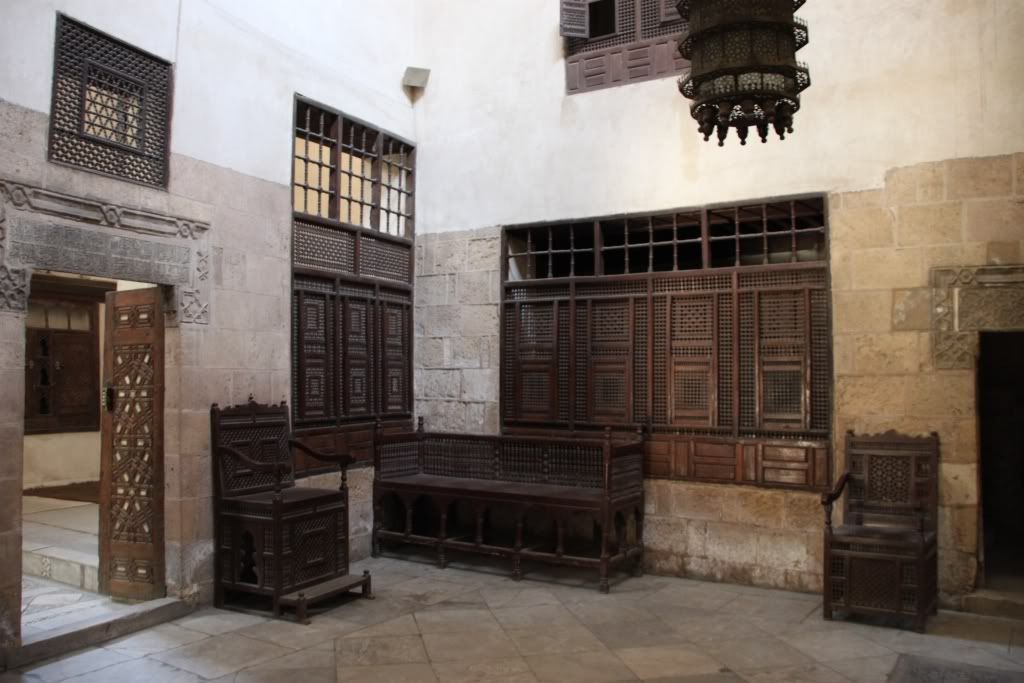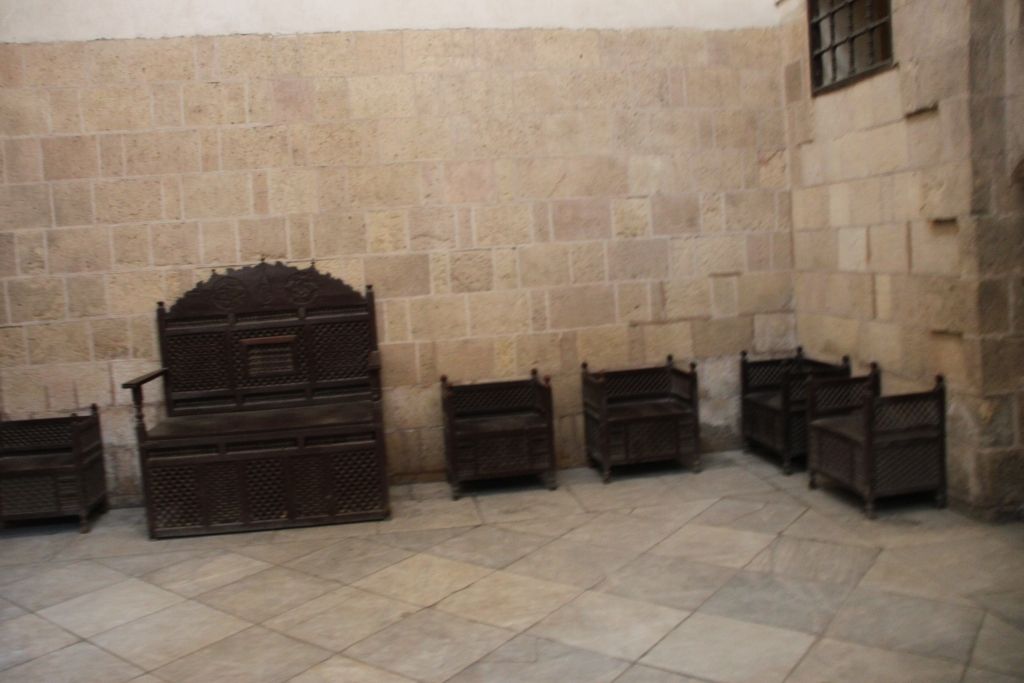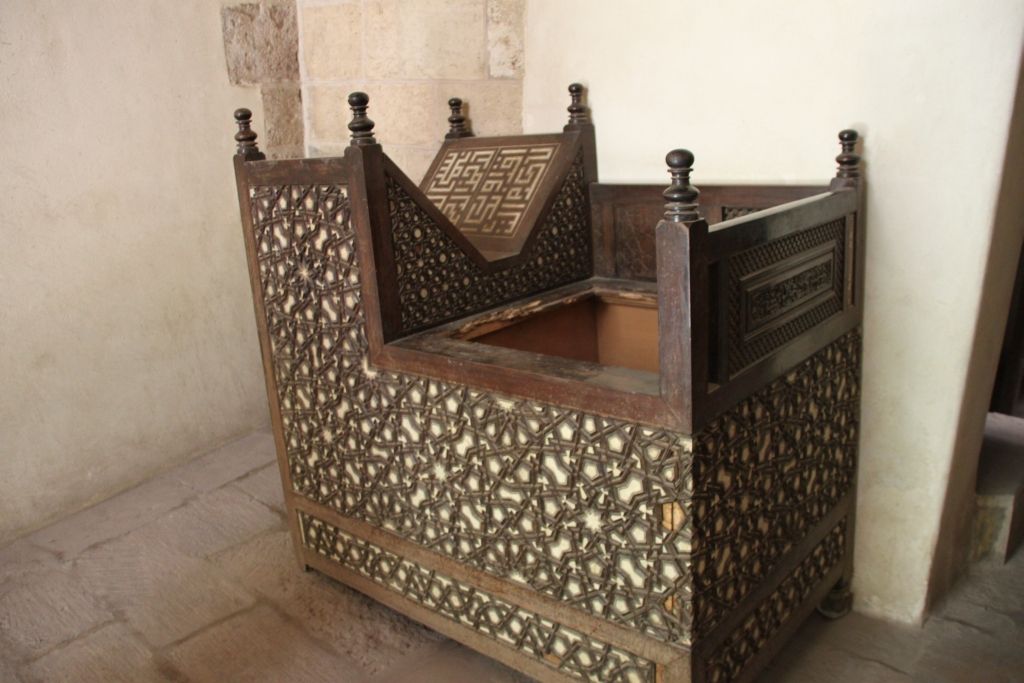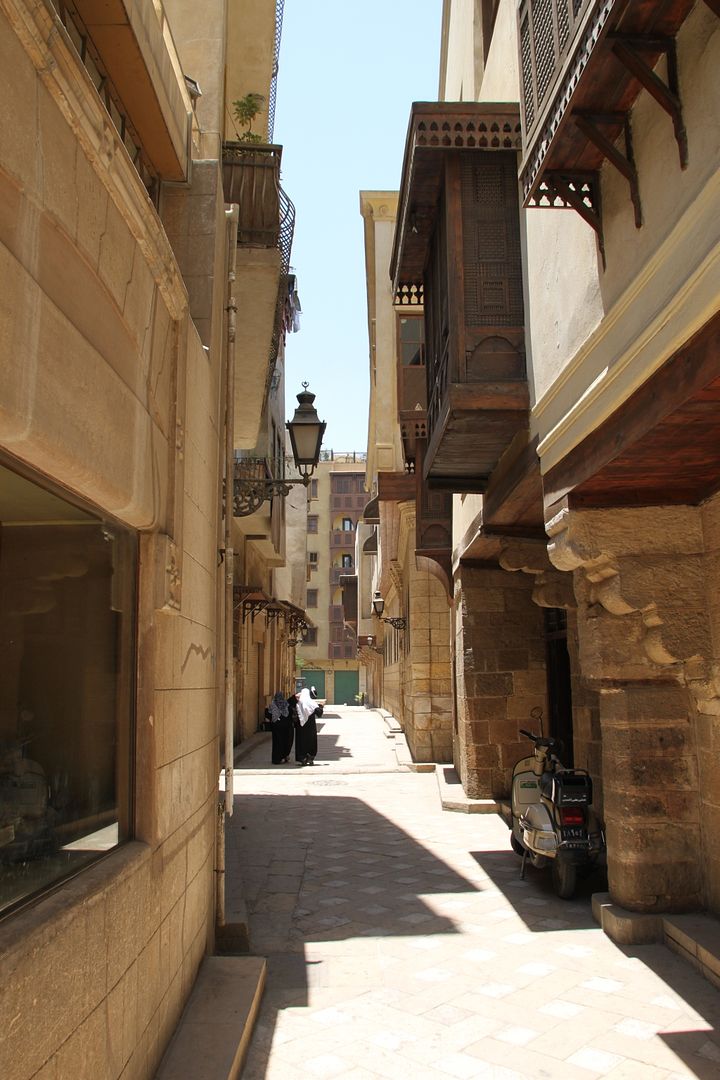This is where I again met God. But I rush ahead as usual. Just to the side of the Khan el Khalili market is the Sayyidna al Hussein Mosque. Perhaps the most holy of holies in Cairo, it is reputed to contain the head of Al Hussein, the grandson of Prophet Mohammad. The Umayyad’s then took over the Muslim world after the death of the Prophet, but Ali, his son in law, took up arms and died in a fight. His grandson, Hussein ibn Ali, lead a revolt but was killed in the battle of Karbala in 680 AD, and after a rather riotous period and confusing myth making, his head landed up in Cairo. Or so they say. Found it rather interesting that his head was also buried for a long time in Israel. Anyway, the story is confused, his head is simultaneously in Karbala in Iraq, in Damascus in Syria, in Ashkelon in Israel and in Cairo in Egypt. This mosque also contains the oldest complete manuscript of the Quran. I didn't get to see this wonderful book, but curiously the photographs on the link do not show any diacritical marks. Funny, that..
Anyway, back to the photographs.
Coming out of the Khan el Khalili market and you see the side of this big building. 

There are very large plaques on the side of the building with Quranic sayings on the side. 
The mosque is in front of the Al Azhar Mosque with the distinctive double barrelled minaret, but more about this mosque later on. 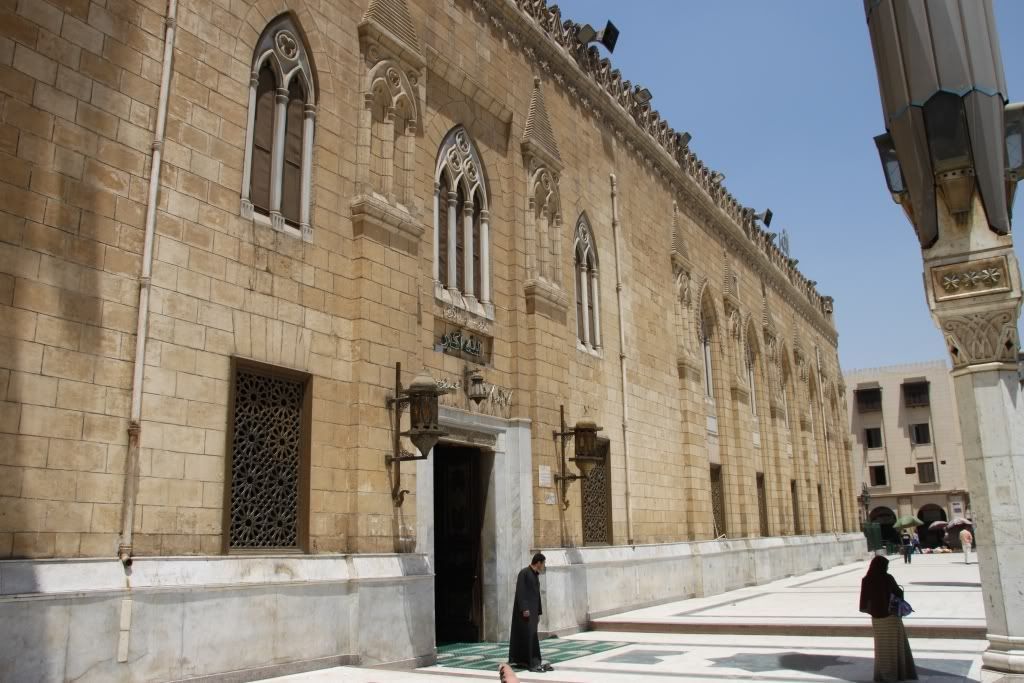
Turning the corner, I see the entrance. Its a rather severe building. Anyway, I was a bit nervous because the guide book said that non Muslims are not allowed inside the building but then, I figured that I can do a lite Richard Burton on this. So took off my shoes and wandered in. 
The inside of the mosque is lit by restful green lights, the roof is supported by highly polished marble columns. Then I sidled up to the entrance to the mausoleum.
The doors are wooden covered with silver work all over it. Very fine work and the entire place of smelling beautifully of incense. 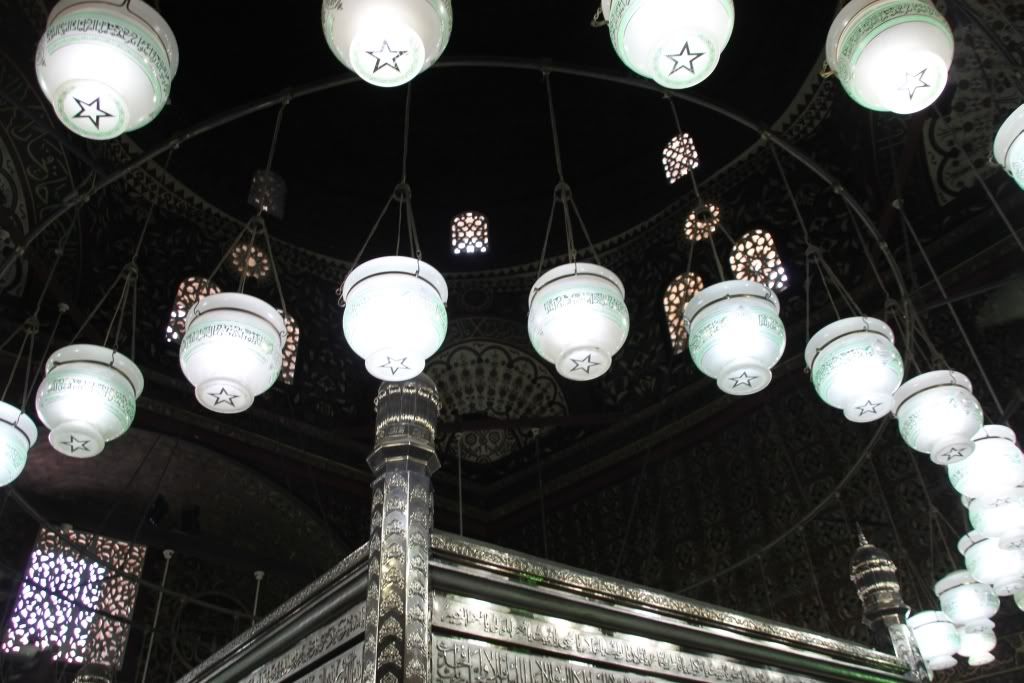
The silver grave is surrounded by these lamps. 
It is made out of silver, with Arabic suras engraved on the panels and geometrical patterns on the pillars. 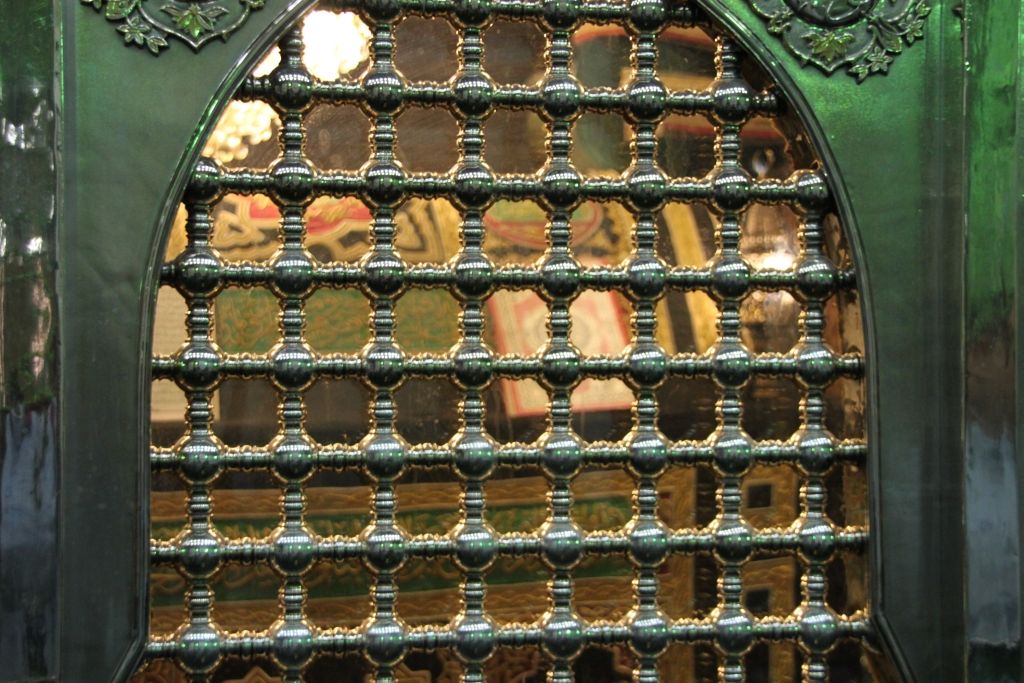
You can see the grave inside the silver grills. 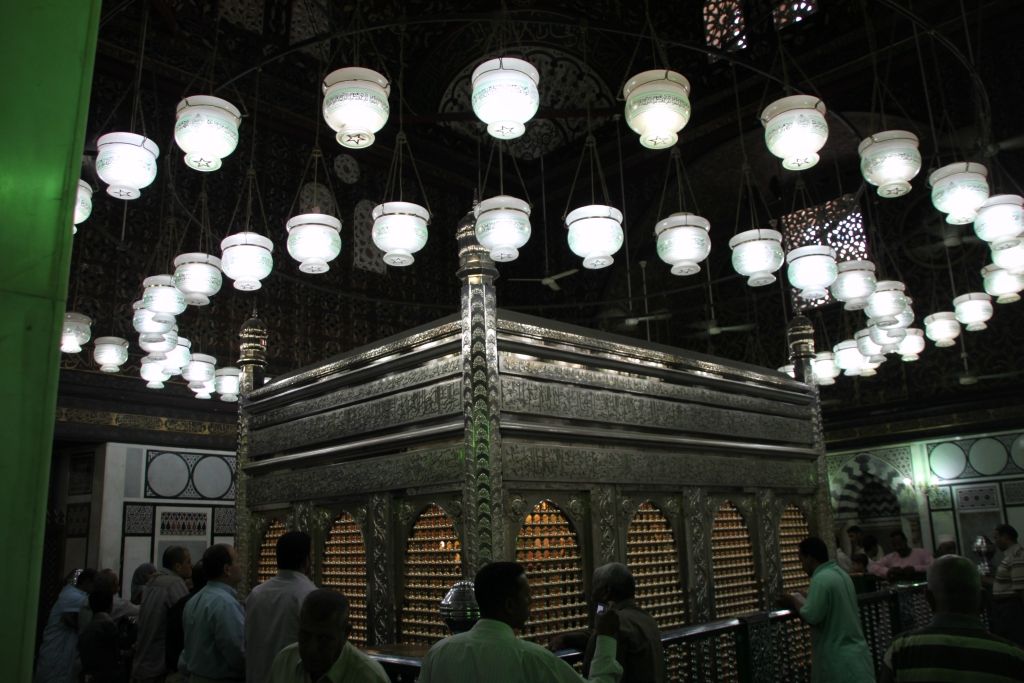
One side of the room is cordoned off for the ladies, the men are on the other side. 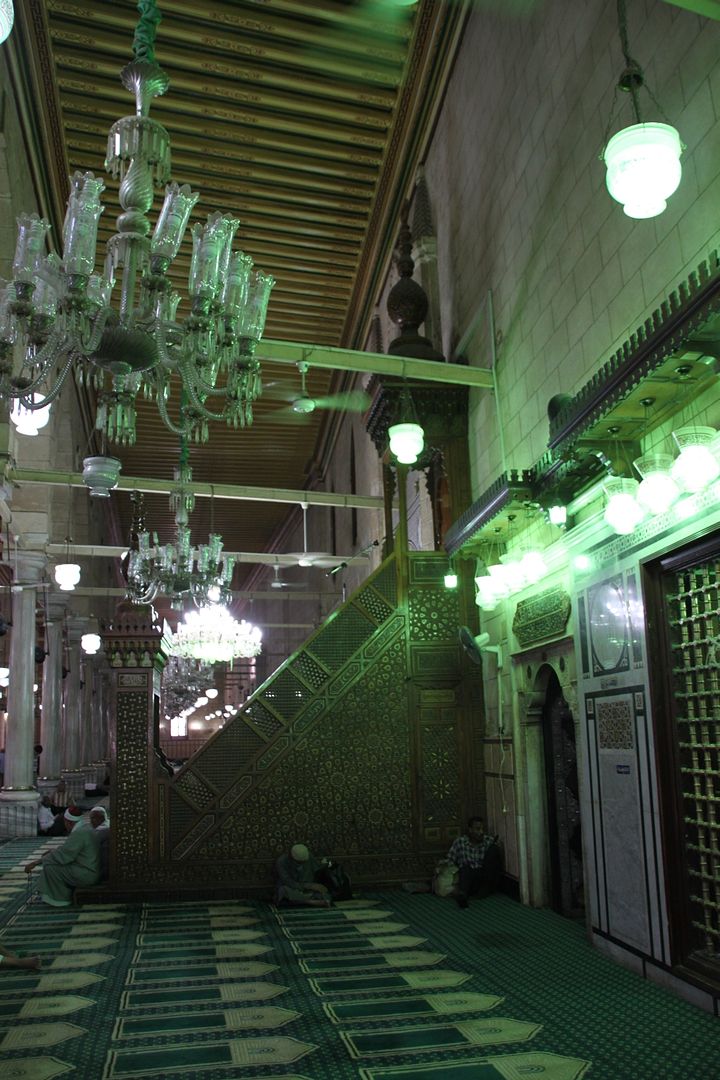
There were many pilgrims who were sleeping there. Apparently this is done so that they get dreams from Hussein and get guidance on how to go forward or solve their problems. 
This man was sitting there reading what presumably a religious book. 
Here is the minaret of the mosque.

Stepping back into the park in front of the mosque, here’s the full shot of the mosque. The mosque itself is not spectacular, but the actual grave was amazing. There were quite a lot of people all in that small room, but there was a huge sense of peace and quiet. I was humbled standing in front of the shrine. Almost felt like crying. Extraordinary feeling. I prayed for the well being of the children and prayed for Hussein to look after them. Promised to come back again to pray to him. I found God again here. Blessed. Totally blessed. I could almost feel that I was standing under the wings of an angel, I knew I was safe there and He wanted to hear me unburden myself to him. A warm welcoming place, a place of godliness, and a place of mercy, happiness and love.
And here is the full slideshow with higher resolutions.
